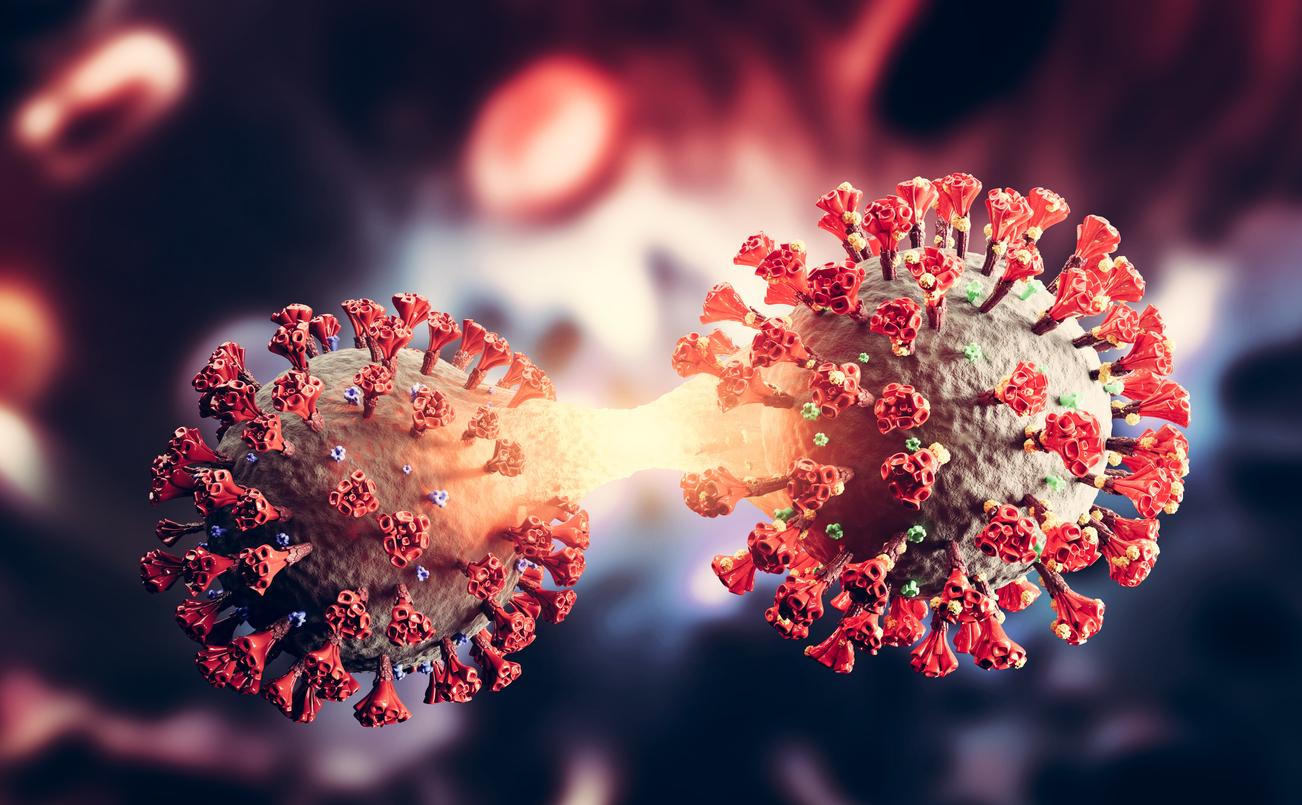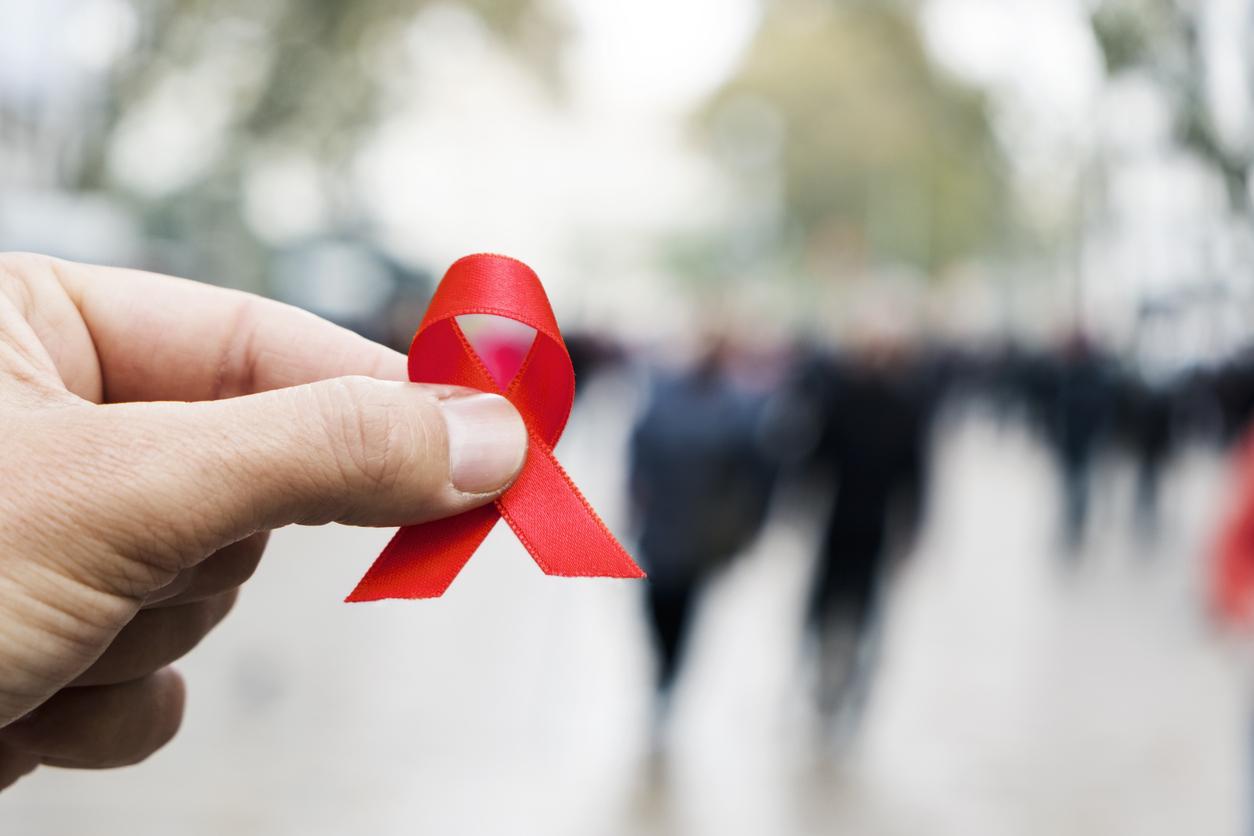
Like most countries affected by the Covid-19 epidemic, Sweden has adopted the herd immunity strategy to defeat the virus. What are the sanitary measures that the Swedes must apply? What is the outcome of this strategy? Let’s take stock of the situation of the coronavirus epidemic in Sweden.
How does Sweden manage its collective immunity strategy?
Unlike many countries, Sweden is one of the few examples that has not taken measures to isolate, close borders and public places and restrict movement. Even the mask is not compulsory (with the exception of the nursing staff) although the national authorities could introduce the measure if it was deemed necessary.
Although health measures are less restrictive than in France and in Europe in general, the Swedes still have a line of conduct to follow. The authorities have called for responsibility and respect for barrier gestures: physical distancing, hygiene rules, isolation in the event of symptoms, etc.
There was no confinement but fragile and vulnerable people are invited to stay at home. Gatherings and celebrations of more than 50 people are still prohibited. Nurseries and schools remained open but high schools and universities had to close. In college, many students continue to take distance education. For older children, teleworking is encouraged until 2021.
What conclusion can we draw from this?
It is still too early to draw any conclusions. If we refer to the figures, Sweden is one of the European countries most affected by the coronavirus epidemic. To date, there are no less than 5,846 deaths and 86,505 cases in Sweden. To have an idea, the ratio indicates 57 deaths per 100,000 inhabitants against 45 in France.
That said, the number of increase in the number of cases is less compared to France, Spain and Germany. Last week, for example, Sweden recorded less than 200 new cases and 3 deaths per day while in France, the figures are more in the order of 9,000 new cases and 30 deaths per day.
In a letter sent to AFP at the beginning of September, Per Follin, head of the Stockholm Department of Communicable Disease Control and Prevention, explains it as follows: “ Much of the reason we have relatively low transmission now is because many Stockholmers follow the recommendations to stay home when sick, wash their hands and keep distance. “.

















